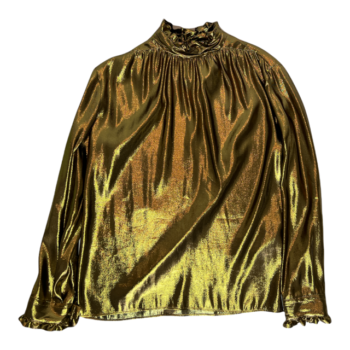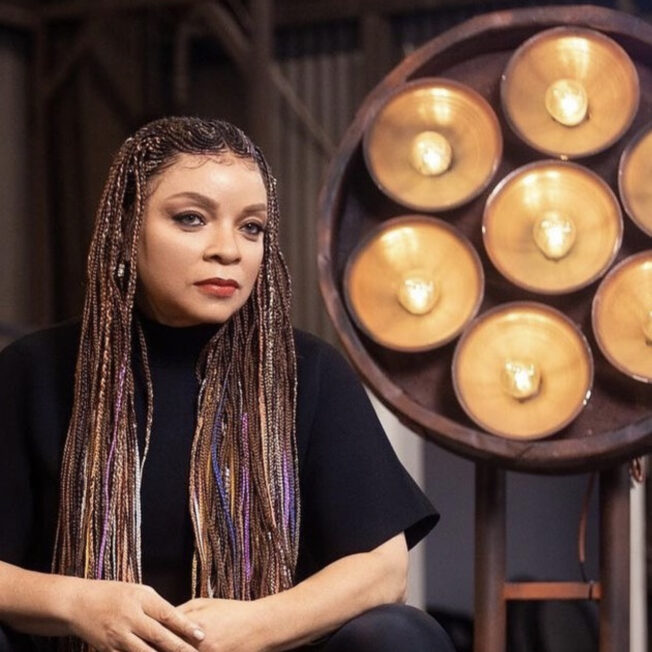Althea Gibson was a trailblazer in her own right. Her impact on black women in tennis is unmeasurable, paving the way for current tennis superstars to even step foot on the court at major tournaments. While she played the game–and played it well, nonetheless–she was also battling segregation, commentary, and anger from white people, as well as rebuttal and disdain from black people for participating in what they saw as a game of privilege.
Gibson may not have been looking for the role of a groundbreaker in sports, but it’s exactly what she became through her determination and pure, unadulterated skill.
Gibson and her family moved to Harlem when she was just three years old, leading her to the very neighborhood that helped develop her tennis skills, despite the unfortunate circumstances. The tennis legend escaped from school and tough home life by diving headfirst into sports, mastering paddle tennis first before she picked up tennis itself. After dropping out of school when she was a teenager, Gibson competed in girls tournaments for the American Tennis Association, an almost entirely black league. She went on to win ten ATA championships in a row between 1947 and 1956, an unprecedented number of consecutive annual wins.
So much of the world of professional tennis was cut-off from Gibson, leading her to nearly leave the profession altogether due to frustration. By 1950, she was already a two-time winner of the national black women’s tennis championship but was not going to be invited to the U.S. Nationals that year. After public pushback from fellow tennis players, including Alice Marble, the U.S. Lawn Tennis Association invited Gibson to make her historic debut at the 1950 U.S. Nationals. Gibson continued to make history the next year, becoming the first African-American invited to play at Wimbledon in 1951.
Her persistence through the tough times–whether it was her home life, personal life, or fighting against segregation throughout the entirety of her career–made her the trailblazer that she was, inspiring tennis players to be.
Comparisons have been drawn between Gibson and the current tennis icon, Serena Williams. Despite Williams making waves in tennis at a completely different point in time, they both share the same spirit and deep-rooted struggles that most of their counterparts did not have to work through. Gibson’s internal fire and focus can be seen in Williams’ strategy on the court. Through her blood, sweat, and tears, Gibson laid down the foundation for black women in sports after her to be able to compete at the same level as everyone else. Williams managed to become only the second black woman, after Althea Gibson in 1958, to win a Grand Slam singles tournament during the US Open final in 1999.
The opportunities for Williams are far more vast than they were back in the early to mid-1900s when Gibson was fighting her way into the game. Despite advancements in society, Williams still faced the systematic racism and sexism that continues to segregate fans of the game. From her “temper” on the court to her body type, Williams is no stranger to the world of tennis trying to push her out.
Tennis has made headway in recent years, with players like the Williams sisters, Naomi Osaka, Cori Gauff, and Sloan Stephens. The current U.S. Tennis Association president, Katrina Adams, is the first black president of the U.S.T.A, half a century after Althea Gibson wasn’t allowed to play in tournaments against white tennis players.
“This is not just a player who won a ton of titles, this is someone who transcended our sport and opened a pathway for people of color,” Adams said to The New York Times. “If there was no Althea, there’d be no me, because tennis would not have been so open to me. Everything she had to do was three times harder than it was for the normal person.”
Gibson’s impact may go unnoticed and uncelebrated by fans of the sports, but the Williams sisters have continuously expressed Gibson’s impact on their careers.
“I have all the opportunities today because of people like Althea,” Venus Williams said in 2007. “Just trying to follow in her footsteps.”
Serena Williams echoed the same sentiment as her sister, remembering Althea Gibson for the trailblazer that she was.
“I think it sends a great message to me in particular, knowing her story, knowing Althea, what she went through, being truly the first pioneer, an African-American in tennis, to a sport that wasn’t open to black people,” she said in 2019 after Gibson’s statue was unveiled at the U.S. Open. “For her to now have a statue, all the things she’s done for people like me, people that look like me, to be in the sport now, it’s just astonishing.”





















